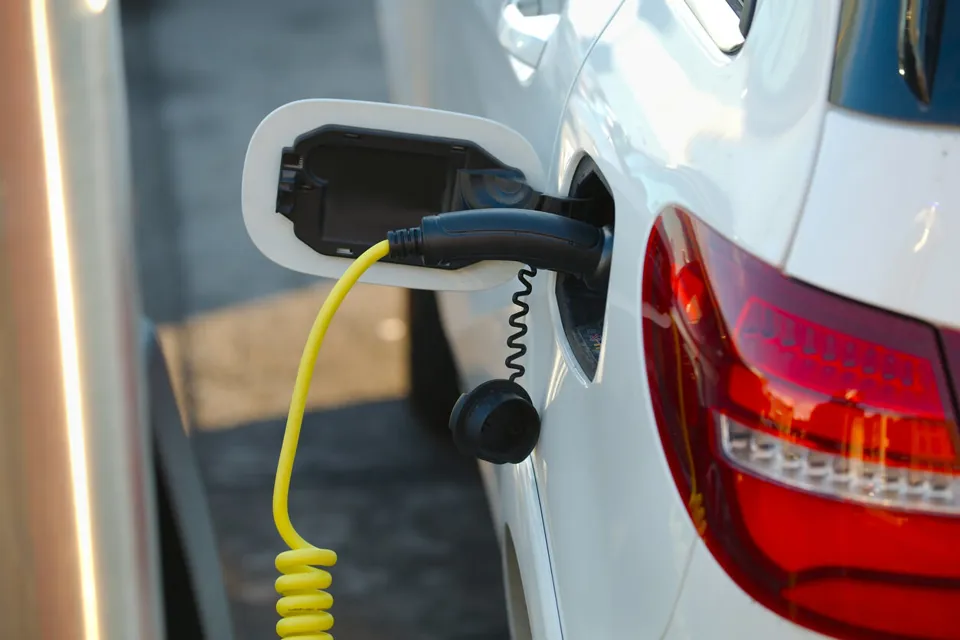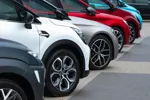In a research report published by Ricardo and National Grid, the market potential is demonstrated for an electric plug-in vehicle fleet of the future to provide balancing services to the power grid on a commercial basis, returning value to vehicle owners while improving the carbon efficiency of grid operation
The report - Bucks for balancing: can plug-in vehicles of the future extract cash – and carbon – from the power grid? – is based on a research collaboration between a team of engineers from Ricardo and National Grid, the operator of the high voltage electricity transmission system within Great Britain (GB).
Key findings of the research include:
- Using demand side management alone, the projected fleet of plug-in electric vehicles in 2020 would be able to provide an average of 6 percent of daily GB network balancing service requirements. This rises to a maximum of 10 percent in the evening and overnight.
- Demand side management would provide a modest annual financial return to the individual vehicle owner of approximately £50 for zero investment (effectively the equivalent of an 18 percent saving on recharging costs).
- Vehicle-To-Grid (V2G) based grid balancing was shown to provide significantly greater revenue on an individual vehicle basis – ranging from approximately £600 per year for a 3 kW system to in the region of £8000 per year for a 50 kW three phase installation. However the very significant capital cost of a vehicle based bi-directional power interface and the balancing market size limitations that would restrict the value of the service if implemented fleet wide, would serve to render the fleet scale roll-out of the V2G balancing service uneconomic.
- V2G operation may however be attractive for owners of captive vehicle fleets such as industrial or local delivery vehicles, battery exchange depots or aggregated batches of life expired vehicle batteries, where interface costs might be shared across multiple vehicles or battery packs.
- With the increased requirement for grid balancing services arising from the changing dynamics of the generation mix, plug in vehicles could be made to work in synergy with the electricity market to help balance supply and demand, so reducing the reliance on ‘conventional’ generation for the provision of these services; hence this has the potential to reduce CO2 emissions.
Commenting on the publication of the report, Mike Edgar, strategy development manager, National Grid, said: “National Grid is pleased to have been able to support this research project through the provision of data and technical and commercial information regarding the GB grid and its current and future balancing service requirements. This report will bring into focus a potential opportunity for the electric vehicle sector which, as it matures, may lead to a position where the balancing service contribution it can provide is both commercially viable and practical.”
Ricardo chief technology and innovation officer Prof. Neville Jackson added: “Ricardo strongly believes that the energy storage capacity of a future electric vehicle fleet needs to be viewed as an integral part of the power system. If operational synergies at both a grid and distribution network scale are exploited, some of the obstacles to the mass roll-out of electric vehicles will be tackled and the associated costs of necessary power system reinforcements and upgrades will be minimized. The battery will represent a substantial part of the capital cost of an Electric Vehicle for the foreseeable future and working this asset to realise further value could be important in providing a competitive product to consumers.
“This joint study by Ricardo and National Grid has served to provide genuinely new insights into the potential for the large-scale aggregation of plug-in vehicles to provide grid balancing services. By evaluating the financial benefits and costs of participation in such services, the research team has provided highly useful data that will be of considerable use to the automotive and power industries as they seek to maximize the potential of the future electrification of road transport.”

















Login to comment
Comments
No comments have been made yet.